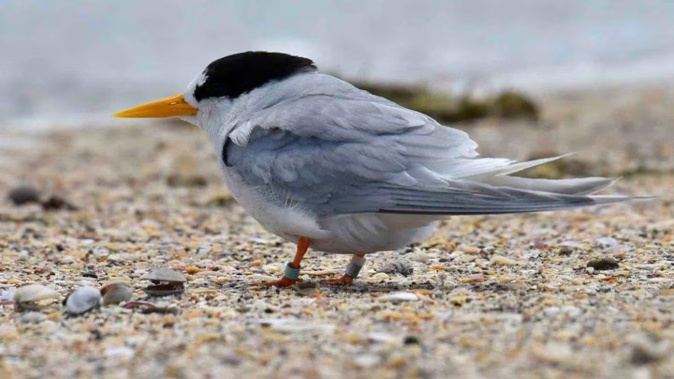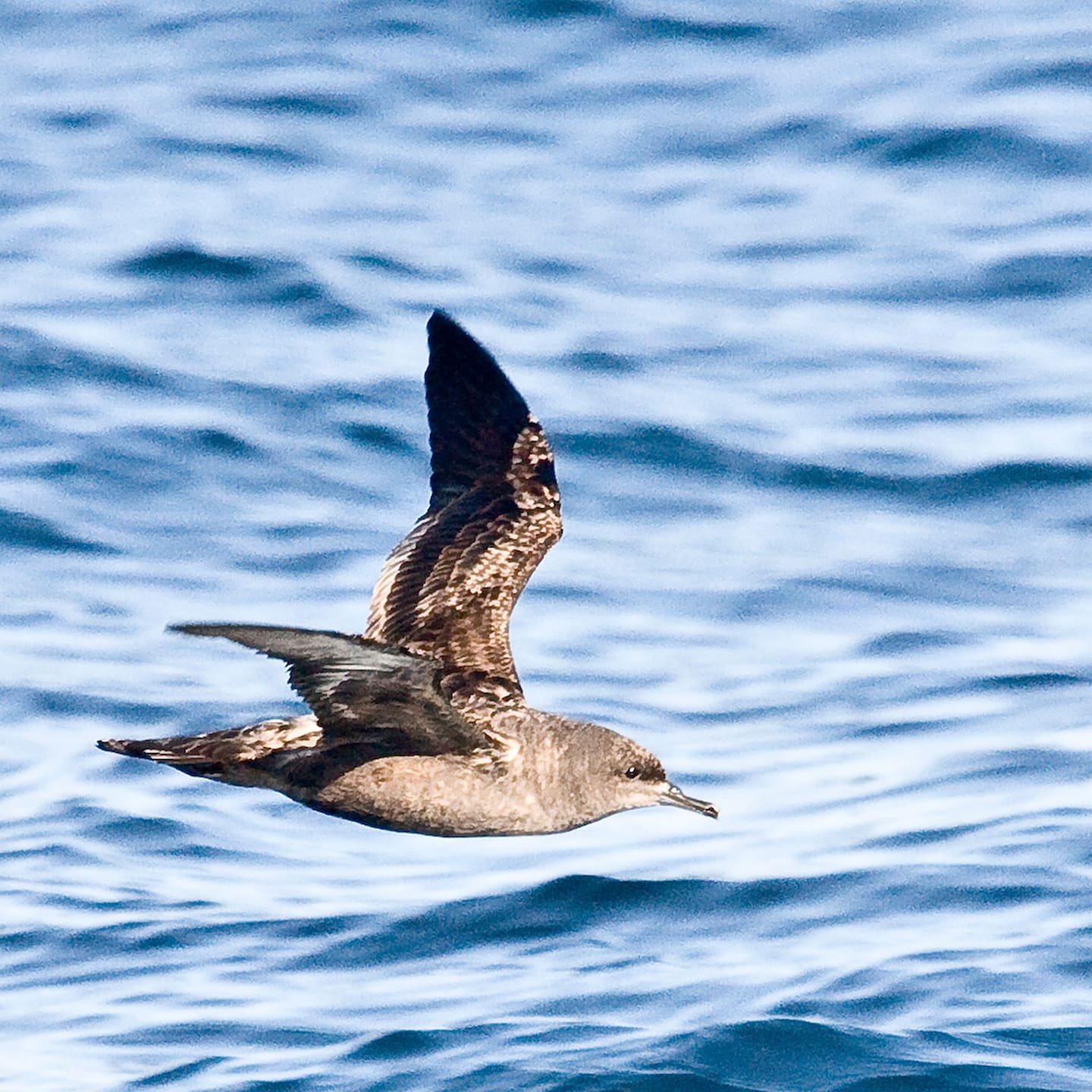
Auckland is home to nearly half the bird species in New Zealand, the region’s first stocktake has found – but dozens of them are threatened.
Of 230 species identified in a just-issued Auckland Council report, 34 native birds were deemed “regionally critical”, with another classified as at risk.
They included our rarest breeding bird, the New Zealand fairy tern/tara iti – fewer than 40 remain on the region’s shorelines – along with the little spotted kiwi, grey duck/pārera, banded dotterel/pohowera and yellow-crowned kākāriki.
A list of local threatened seabirds included the sooty shearwater/tītī, fleshfooted shearwater/toanui, black shag/māpunga and Caspian tern/taranui - all with populations of fewer than 250 adults.
Two species, and one sub-species – the NZ storm petrel/takahikareraro, black petrel/tāiko and Northern Cook’s petrel/tītī - were found only in Auckland.

The sooty shearwater/ tītī - perhaps better known as the muttonbird. Photo / Mike Baird
“In order to protect and restore our threatened species, we need to understand which species are living in our region and how they are doing,” said Auckland Council’s senior regional adviser for fauna, Dr Sabine Melzer.
Auckland and its Hauraki Gulf served as a crucial over-wintering ground for both domestic and international migratory birds, with species like the banded dotterel and eastern bar-tailed godwit seeking refuge.
It was also a national stronghold – hosting 20% of the country’s population – for some 24 species, including migratory shorebirds and domestic migrants.
Meanwhile, more than 120 species – including the well-known Southern royal albatross/toroa - were classed as non-resident native.
Among the further 28 considered introduced and naturalised were common garden birds like mynas, goldfinches, starlings and blackbirds.
On top of pressures like predators and habitat loss, the report warned of other threats including highly-pathogenic avian influenza (bird flu) - yet to be detected in Aotearoa – and climate change.

The North Island kōkako.
“The conservation status of 35 bird species in this assessment were qualified as likely or predicted to be negatively affected by climate change,” the report found.
Rising temperatures and sea levels were expected to affect food resources, breeding sites and foraging habitats, further stressing already vulnerable species.
Elsewhere in the report, there were some positives to point to: thanks to dedicated conservation efforts, the Hūnua Ranges’ resident North Island kōkāko population now stood among the largest on the mainland.
Councillor Richard Hills, who chairs the council’s Planning, Environment and Parks Committee, said the report should serve as a “wake-up call”.
“This regional assessment is a crucial step in understanding and mitigating the impacts of environmental changes and human activities on bird populations.”
Aucklanders could play their part by being responsible pet owners, joining local conservation and pest control initiatives, and planting native flora in their backyards.
Jamie Morton is a specialist in science and environmental reporting. He joined the Herald in 2011 and writes about everything from conservation and climate change to natural hazards and new technology.
Take your Radio, Podcasts and Music with you









